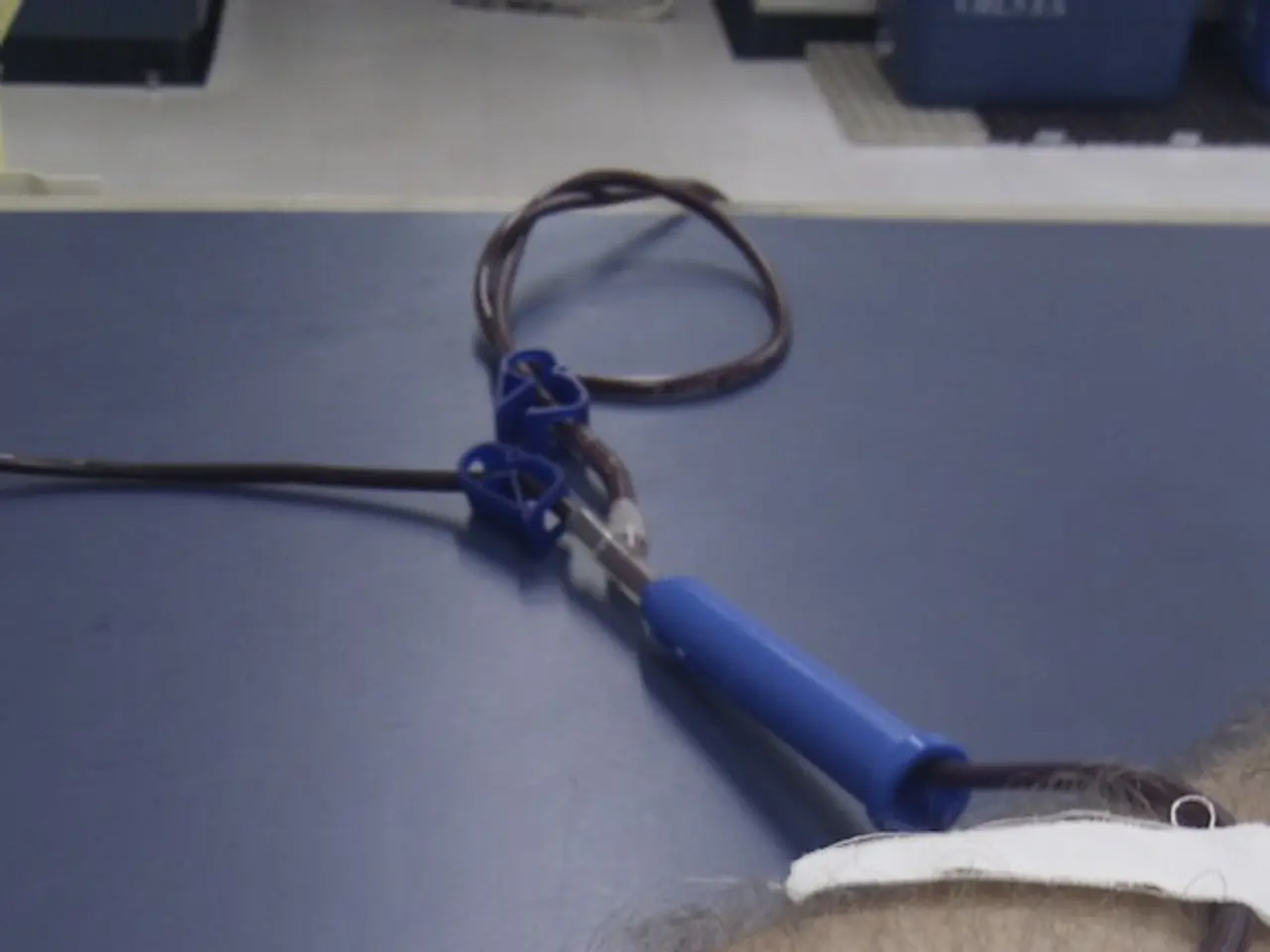Understanding Kidney Dialysis: A Look at Its Function
Dialysis is a vital medical treatment for individuals with chronic kidney disease (CKD) when the kidneys can no longer maintain the body's balance of fluids, electrolytes, and waste products. There are two primary types of dialysis: hemodialysis and peritoneal dialysis.
Choosing Between Hemodialysis and Peritoneal Dialysis
When deciding between hemodialysis (HD) and peritoneal dialysis (PD), a multidisciplinary evaluation is essential. Factors to consider include the patient's medical condition and comorbidities, lifestyle and personal preferences, residual kidney function, and the complexity of treatment logistics.
Medical factors such as cardiovascular health, infections, and other comorbidities are critical since HD and PD differ in their impact on the heart and infection risk. For instance, PD is generally gentler on the heart and suitable for those with certain cardiac issues.
Lifestyle considerations are also important. PD can be performed at home, offering greater flexibility and fewer dietary restrictions, while HD usually requires visiting a center multiple times per week. Patient preference for independence and convenience often leans toward PD.
Residual kidney function influences modality choice since PD may help preserve this longer, which is beneficial for some patients.
Treatment complexity and infrastructure are crucial considerations as well. HD requires vascular access and frequent sessions in a clinic, whereas PD involves self-care of a peritoneal catheter and risk management for peritonitis. Patient ability and support system to handle these needs weigh in decision making.
It's worth noting that the two modalities may be complementary over a patient’s trajectory, with some patients transferring between PD and HD based on clinical needs over time.
Preparing for Dialysis
Mental preparation for dialysis involves educating oneself about the dialysis process. Knowledge can alleviate fears and help feel more in control. Physical preparation for dialysis includes ensuring a proper access point, whether it's a fistula, graft, or catheter, guided by your healthcare team.
Enhancing Quality of Life
Dialysis can help remove waste products, manage fluid levels, maintain electrolyte balance, improve energy levels, and enhance quality of life. However, common risks associated with dialysis include infection, low blood pressure, muscle cramps, electrolyte imbalance, bone disease, depression, anxiety, and social isolation. Regular follow-ups and adjustments to treatment plans can make a significant difference in quality of life for dialysis patients.
Seeking Support
Living with dialysis requires adjustments and support. Having a strong support system is vital, including family, friends, healthcare team, and support groups. Professional counseling can be beneficial for those struggling with the emotional aspects of kidney disease and dialysis. Joining a support group can provide a sense of community and understanding for dialysis patients.
Diabetes and hypertension can lead to kidney damage over time, potentially requiring dialysis. Understanding the side effects of dialysis, such as fatigue, muscle cramps, and low blood pressure, and discussing them with healthcare professionals can help in managing them effectively.
In conclusion, dialysis is a crucial treatment for those with chronic kidney disease. By understanding the different dialysis modalities, preparing mentally and physically, seeking support, and maintaining open lines of communication with healthcare providers, individuals can navigate this journey more effectively and improve their quality of life.
- When considering dialysis for chronic kidney disease, medical factors like heart health, infections, and other comorbidities are crucial, as they may influence the choice between hemodialysis and peritoneal dialysis.
- Mindful lifestyle choices also play a significant role in the decision-making process. For example, peritoneal dialysis, which allows for home treatments and fewer dietary restrictions, may be preferred by those seeking greater independence and convenience.




